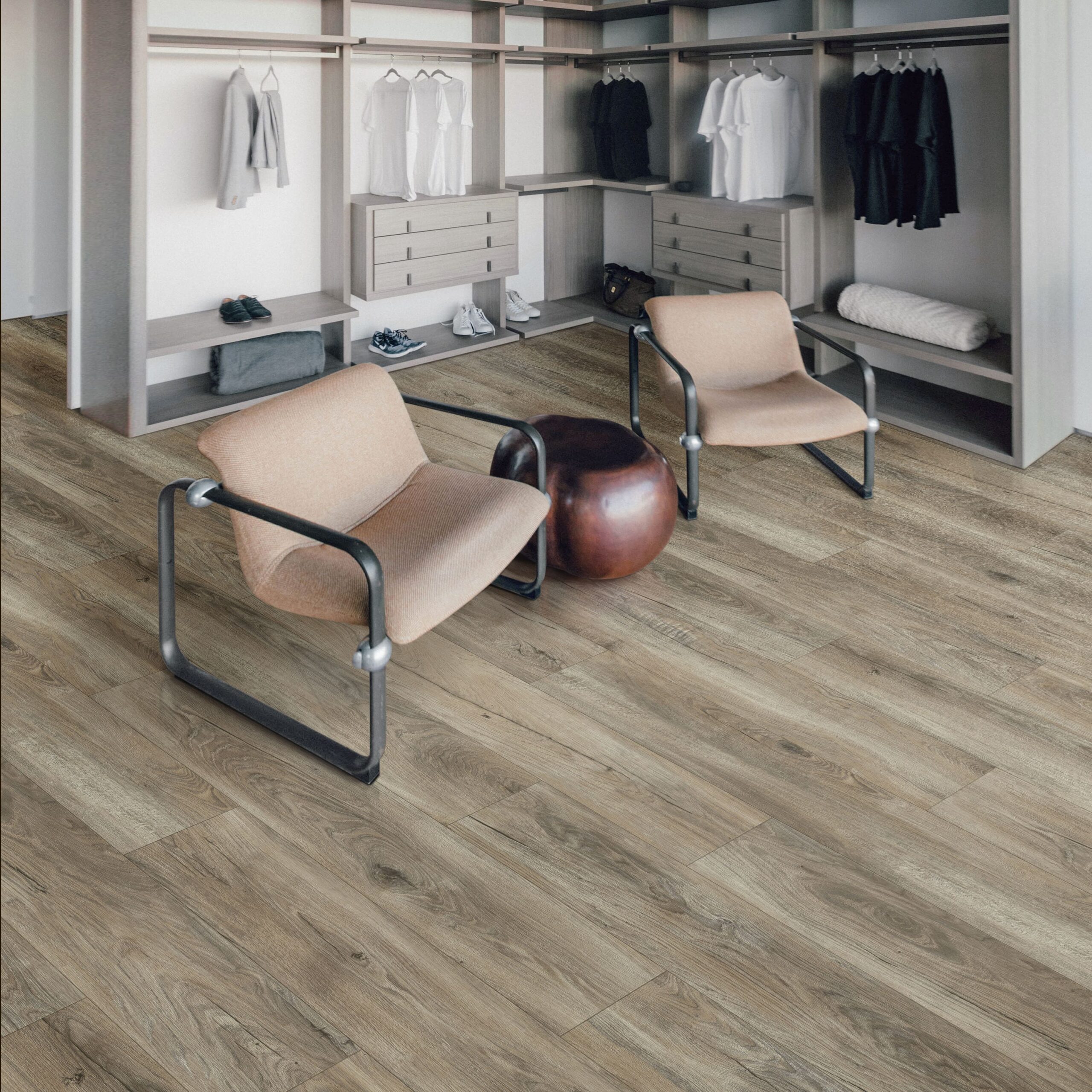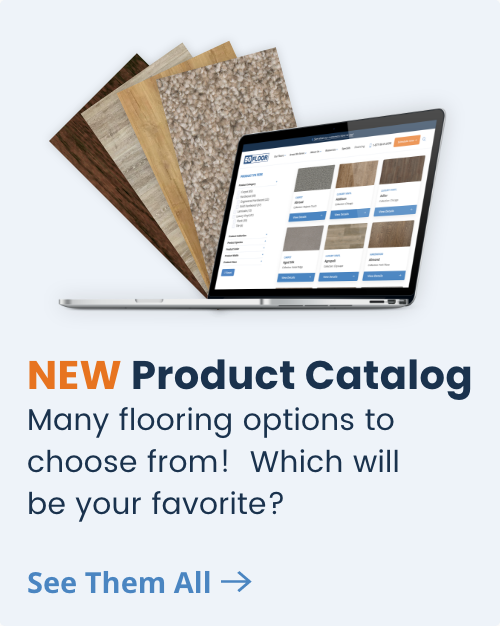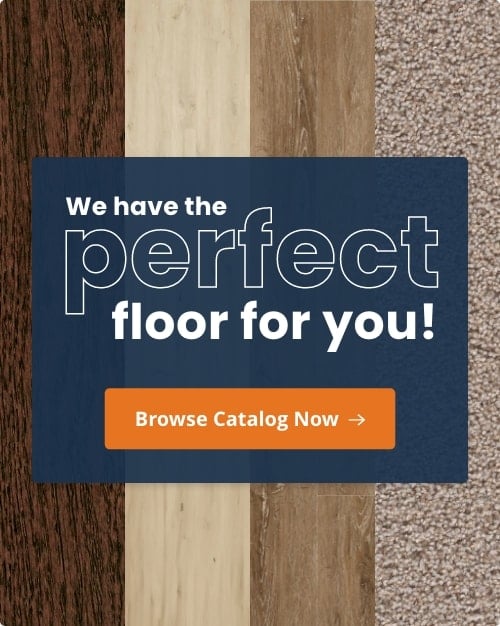Aesthetics
Appearance is a significant factor when it comes to flooring. You’ll want something that fits your home design while still offering functionality. Flooring can change a room’s overall feel and mood through colors and designs.
Both SPC and tile offer an array of styles to choose from. Whether your home is modern, bohemian or rustic, you can find worthy options from both types. SPC flooring provides several design options, from wood grain and marble patterns to varying textures, colors and shapes.
Tile also comes in several design options that can match your home’s aesthetic. Tile can recreate the look of all kinds of natural materials, and choosing the right colors can help your new flooring fit the room’s design. Tile also provides a timeless, warm appearance that can be an elegant option for your home.
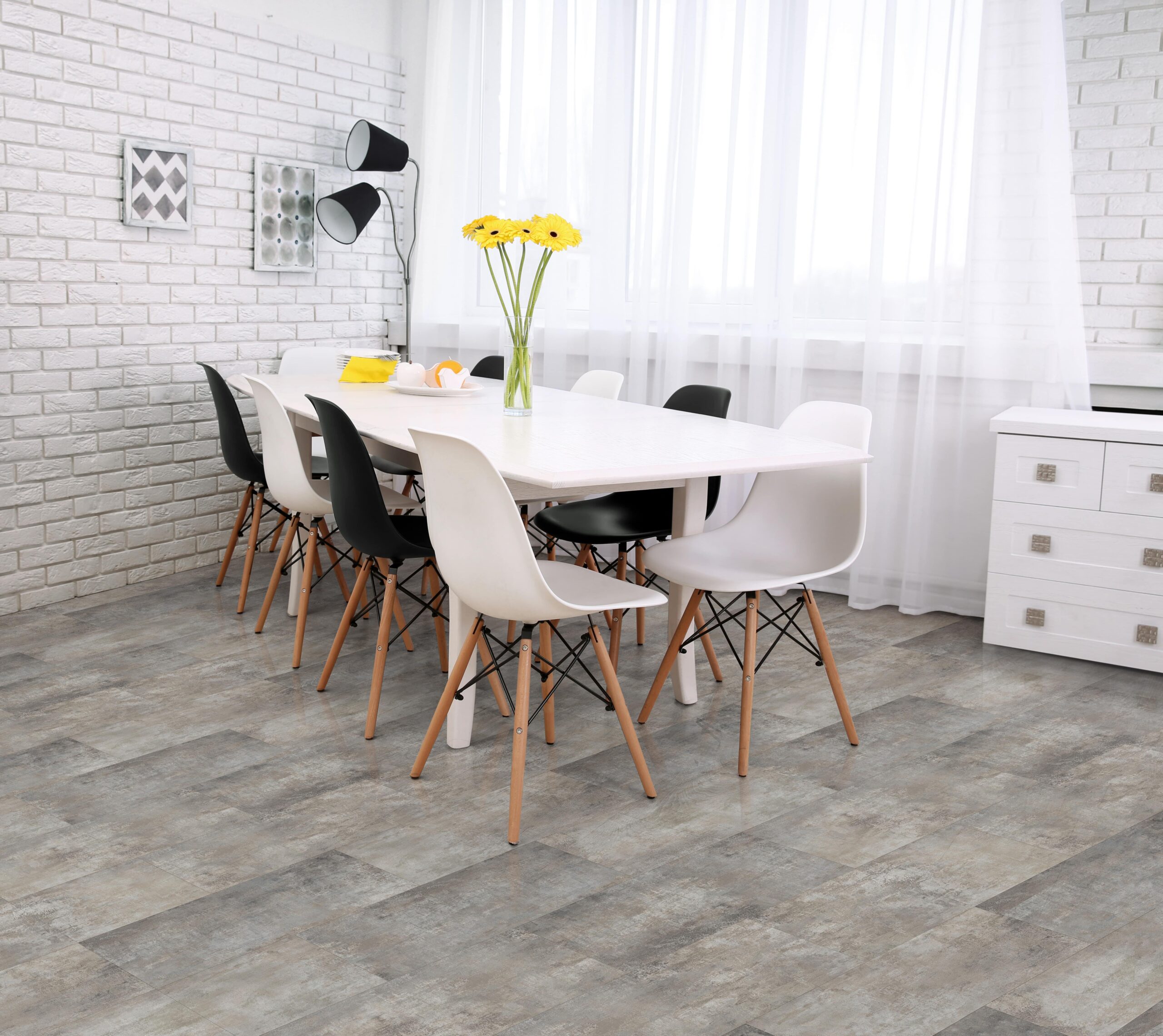

Cost
You’ll find the price range of SPC and tile fairly similar. The biggest factor to consider regarding cost is the same for both floor types — whether you choose a low- or high-end option. Installation costs are similar as well. The main difference is that tile flooring requires good underfloor conditions before installation, unlike SPC flooring. Professionals will also need to prepare the mortar and apply grout and other procedures to install tile, which can add to the overall material and labor costs.
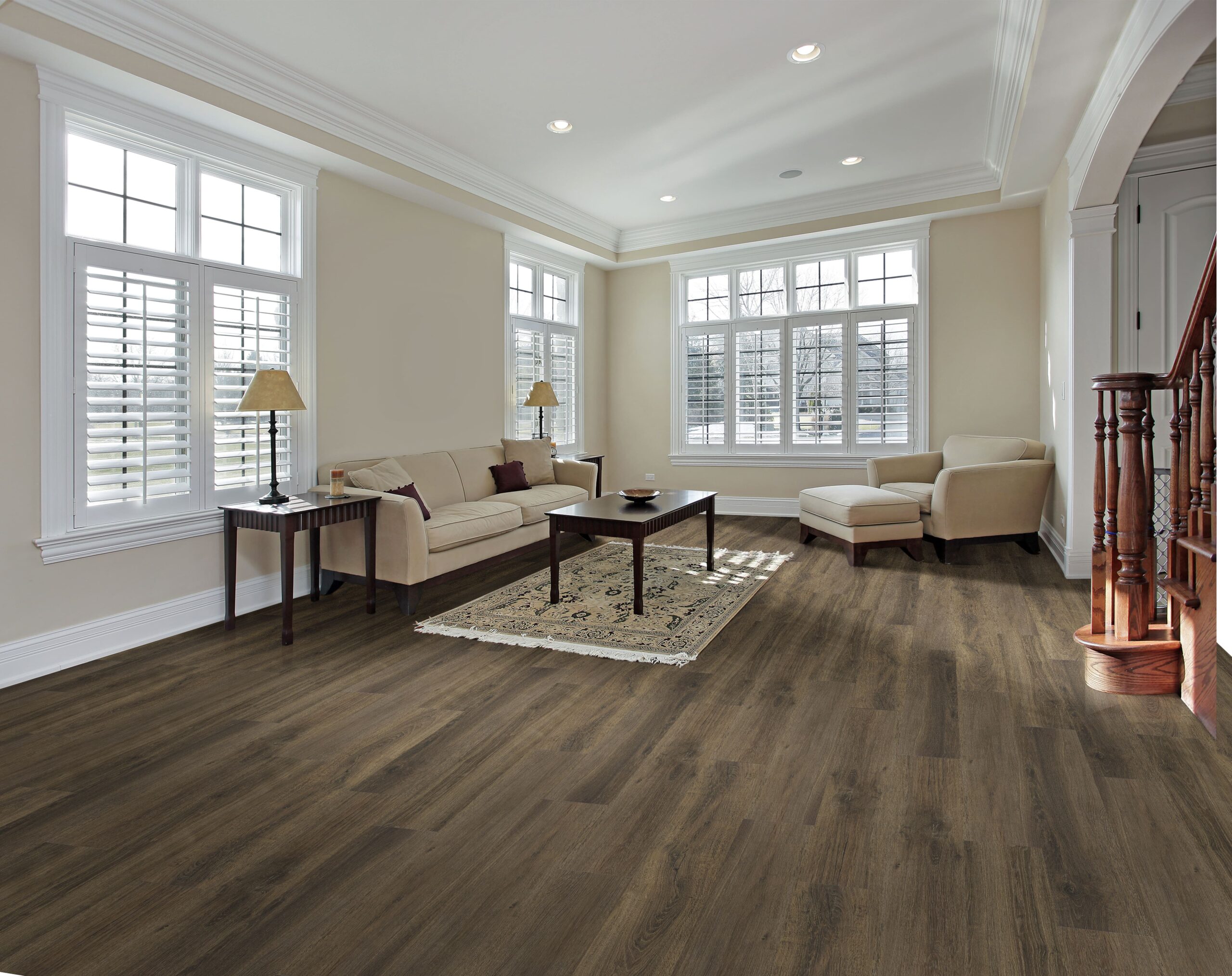

Life Span
Due to the way they are constructed, SPC flooring and tile can vary in terms of life span. Because of its rigidity and multiple layers, SPC flooring is very durable and could have a longer life span. Unlike SPC flooring, tile can crack over time, which is why it’s essential to take good care of it using the proper maintenance methods.
When installed correctly by professionals, high-quality tile can easily last over 20 years. It has high resistance to permanent damage and excellent waterproof qualities.
Both types of flooring are easy to clean, which can prolong their life span regardless of the type you choose. Longevity will also come down to the kind of room you install your flooring in. For instance, if you’re adding flooring to a high-traffic area, such as a kitchen or mudroom, your flooring might see more wear over time than if installed in a quiet office. The trick to getting the most out of your flooring is to take good care of it.
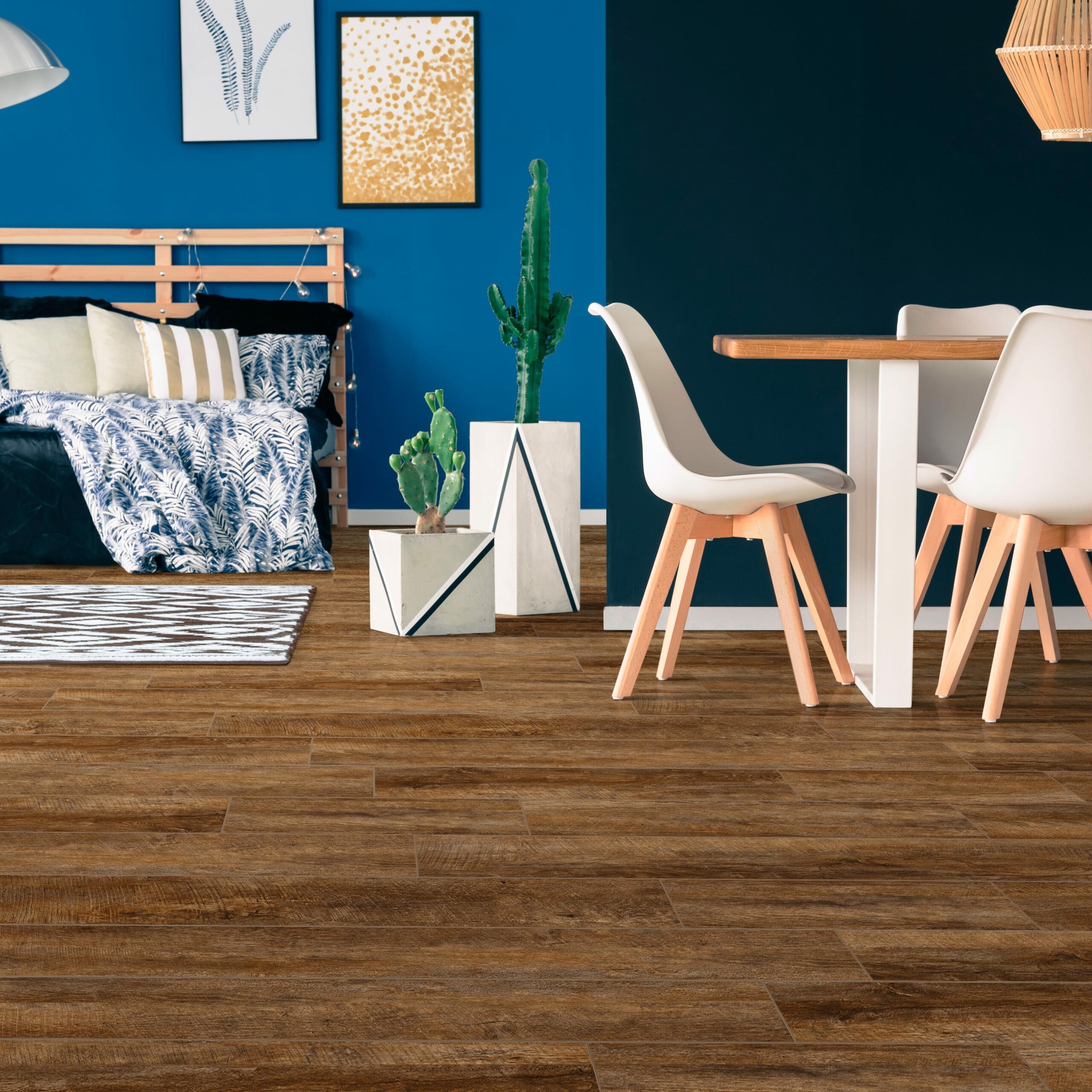

Durability
Durability is one of the most important factors to consider when choosing flooring, especially when adding flooring to your home’s high-traffic rooms. With its rigid core and UV coating, SPC flooring is wear-, stain-, scratch- and impact-resistant. SPC flooring will deliver in those high-traffic areas of your home, providing impact or scratch resistance if you accidentally drop something or your pet scratches at it.
Like SPC flooring, tile is a hard, structured surface, making it a durable addition to many rooms in your home.
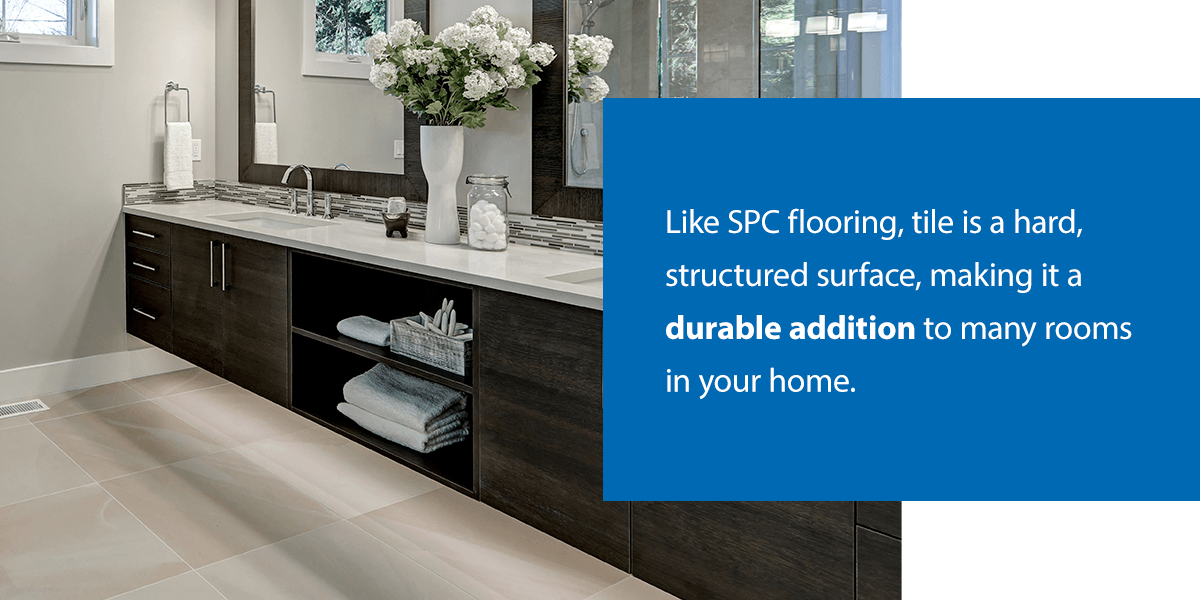

Maintenance
When considering SPC flooring vs. tile, you’ll want to take maintenance factors into account. As long as you have professionals install and adequately seal your tile floors, cleaning and care are easy. A damp cloth and a soft broom will immediately remove spills and dirt. Cleaning the grout between the tiles is also essential to maintain it. Just be sure to check your warranty before caring for your flooring to ensure you use the proper materials and methods.
While both types of flooring are easy to maintain, you can more easily replace SPC flooring planks separately if they need to be repaired. Cleaning and maintenance will be the same as tile, though you’ll want to avoid leaving water on SPC flooring for too long to prevent warping.
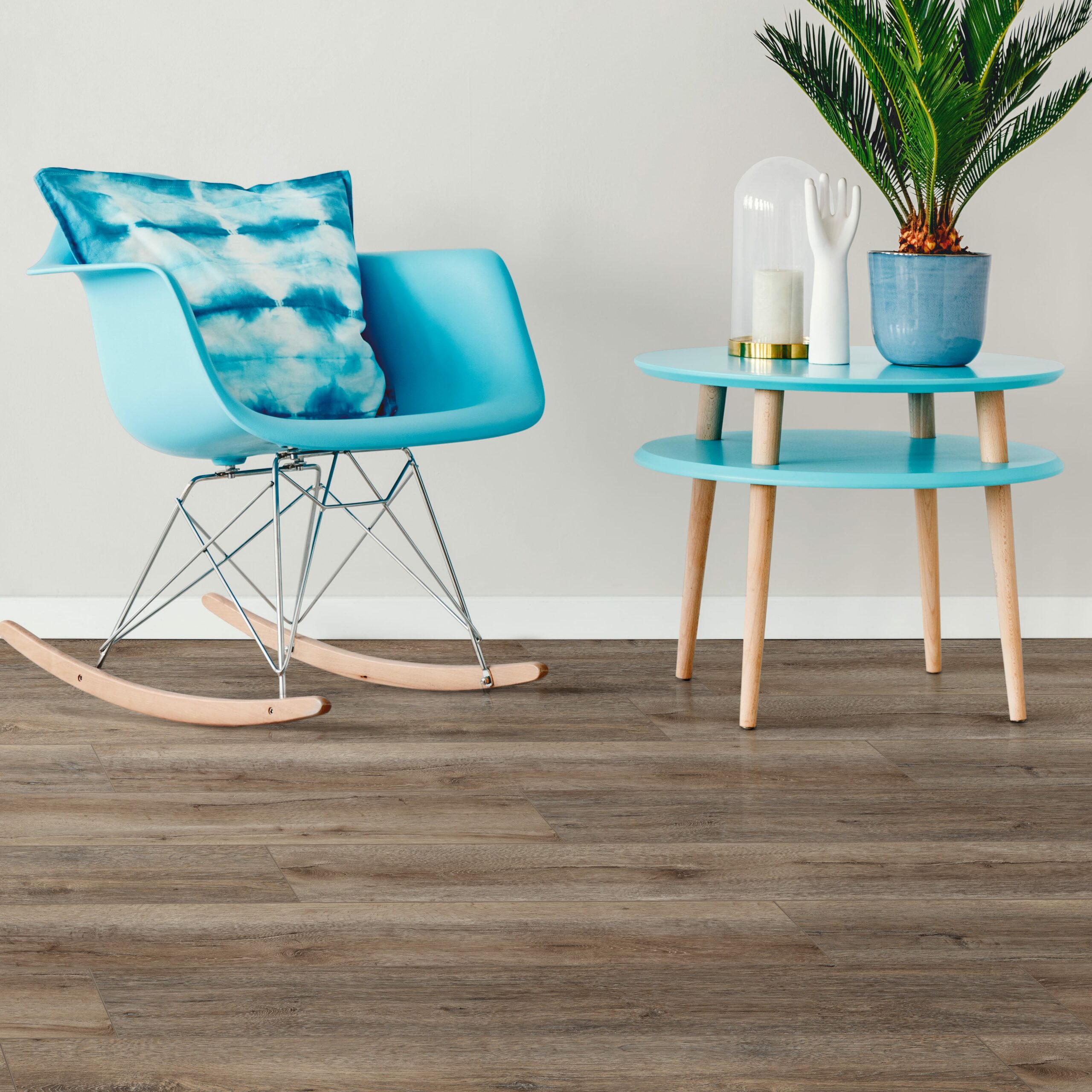

Resale Value
Tile flooring will bring better results than SPC flooring in terms of resale value. SPC flooring likely won’t provide any extra value if you plan to resell your property. That’s because tile is durable, timeless and provides more aesthetic value. Due to its waterproof qualities, it also holds up well in bathrooms and kitchens, where spills are common. Data shows porcelain tile flooring yields a 70% average return on investment when installed correctly in your home.
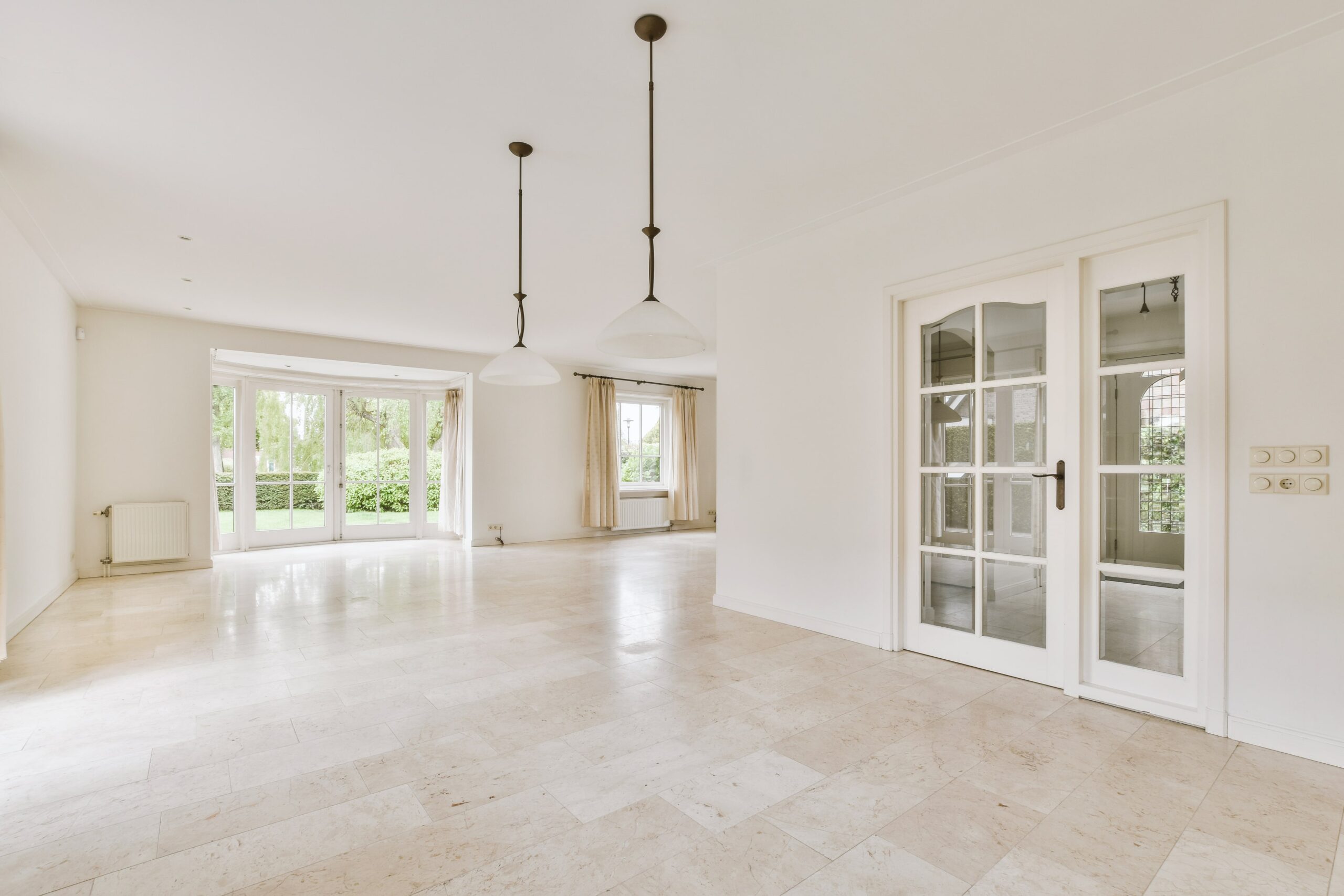

Comfort
When comparing SPC flooring vs. tile, you’ll find differences in their comfort levels. These differences come down to construction. The resilient, flexible layering of SPC flooring provides a soft, comfortable underfoot compared to tile. It also has good thermal conductivity, which helps it perform better than tile in thermal insulation.
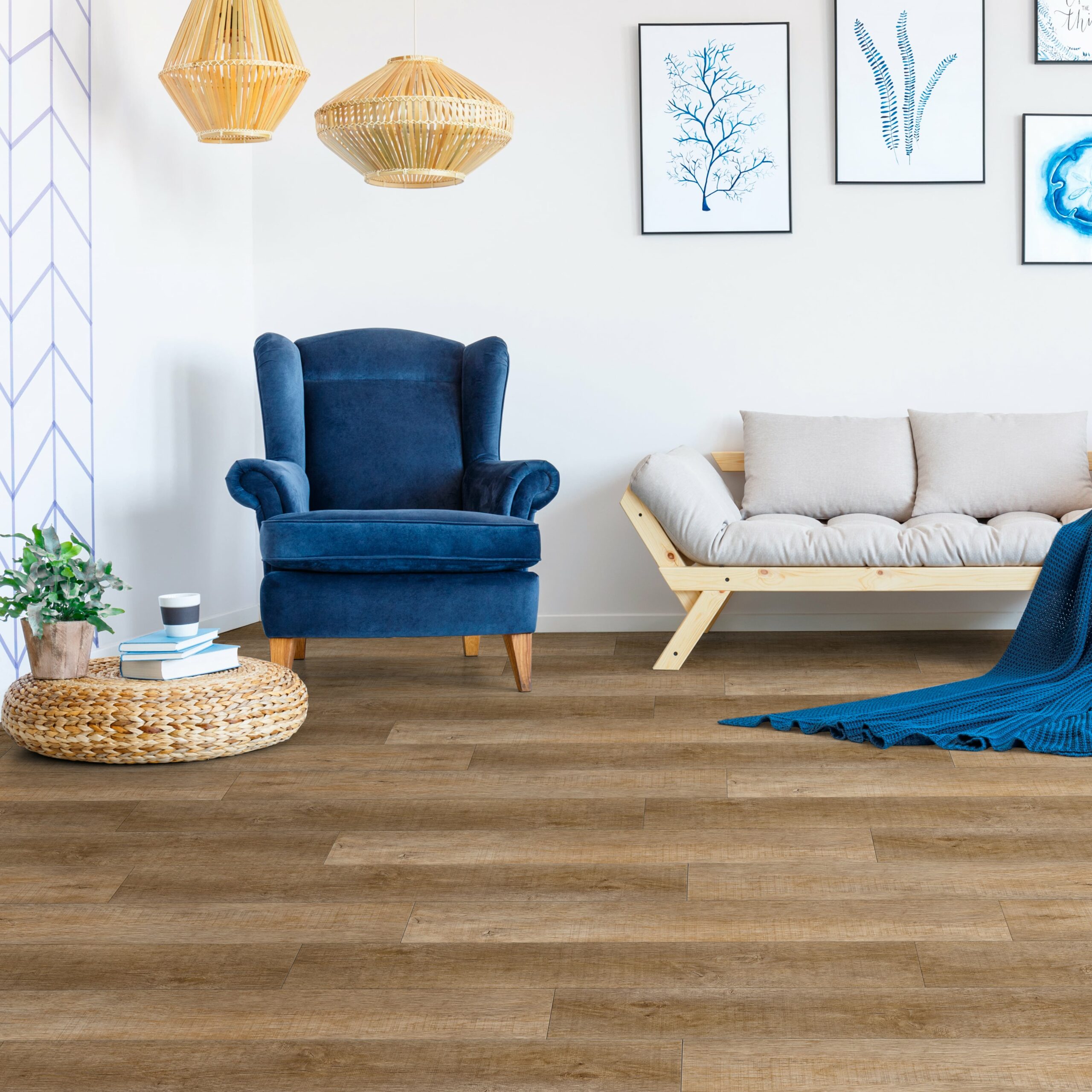

Rooms
Most importantly, you’ll want to consider the specific room you’ll be installing flooring to help make your decision. Both types of flooring are durable, making them ideal for high-traffic rooms in your home.
SPC flooring may be better for playrooms as it’s not as hard as tile and provides a softer, more comfortable feel to protect your child. Though when it comes to kitchens and bathrooms, tile is excellent for its water resistance. Both flooring types perform well in terms of longevity, though SPC flooring can be easier to maintain over time and may even protect your floor.
SPC flooring and tile are both attractive options for any room of the house. Tile provides a timeless look, and SPC comes in various patterns and designs that can enhance your home’s aesthetics.
